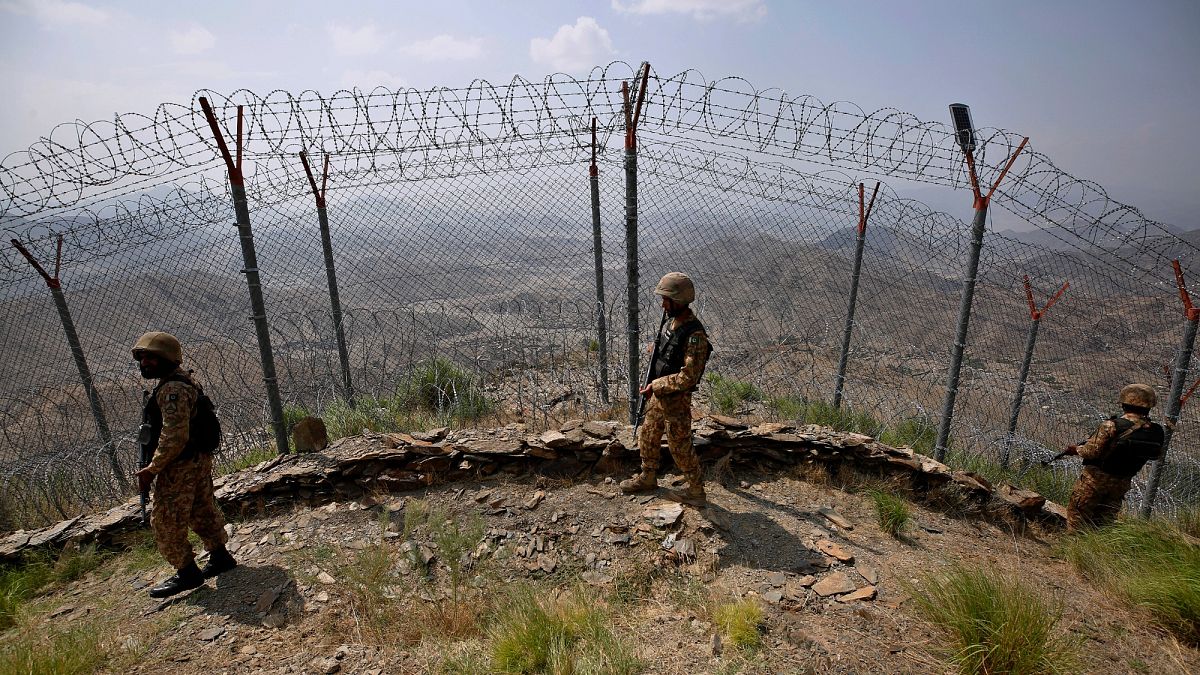

In a complex interplay of international affairs, nations are engaging in strategic military maneuvers and diplomatic discussions that shape the geopolitical landscape. Amidst rising tensions and persistent challenges, the world observes these events with a mix of anticipation and caution.
In a significant development in the ongoing conflict in Ukraine, President Volodymyr Zelenskyy and former U.S. President Donald Trump conducted a phone call characterized as ‘fruitful’ by involved parties. Their conversation focused on reinforcing joint defense efforts, a topic gaining urgency following a separate call between Trump and Russian President Vladimir Putin. The latter discussion covered various issues, including Ukraine and Iran, indicating a broad spectrum of global concerns under current diplomatic scrutiny.
However, this diplomatic dialogue was juxtaposed with a severe assault on Kyiv, described by Ukrainian officials as one of the most aggressive strikes of the ongoing war. Employing a record number of drones and ballistic missiles, this attack occurred shortly after Putin’s call with Trump, leading to accusations from Ukraine that it signaled public humiliation orchestrated by Moscow. Zelenskyy interpreted the assault as a deliberate act of terror, marking a clear stance on the perceived intents behind timing and scale.
Parallel to these developments, international intelligence reports from Dutch and German agencies have raised alarms regarding the Russian military’s increased use of banned chemical weapons, such as chloropicrin, in Ukraine. This disclosure urges further sanctions and highlights the importance of sustained global support for Kyiv, underscoring the ongoing humanitarian and security crises in the region.
Shifting focus to Asia, China’s first domestically constructed aircraft carrier made its presence known by visiting Hong Kong. Accompanied by a destroyer and a frigate, the visit marks a significant display of naval capabilities. The ships are open to public tours, with tickets claimed swiftly, indicating keen interest in China’s burgeoning maritime strength. Such openness is emblematic of China’s intention to project power while fostering a sense of accessibility and transparency.
In neighboring South Asia, Pakistani troops have reported a successful defense against militants attempting to enter from Afghanistan. The surge in militant activities within Pakistan has been largely attributed to the Pakistani Taliban, distinct from but allied with the Afghan Taliban. This incident underscores ongoing security challenges that Pakistan faces and highlights the intertwined nature of regional security dynamics.
Meanwhile, in a diplomatic dimension of the Afghan saga, Russia’s recognition of the Taliban governance in Afghanistan has drawn varied international reactions. The Taliban government in Afghanistan has lauded this as a ‘brave decision,’ marking Russia as the first country to officially acknowledge their rule. This move reflects evolving alliances and strategic interests that shape the regional power balance, highlighting both historical legacies and emerging geopolitical strategies.
Together, these global movements and decisions reflect a multifaceted tapestry of contemporary international relations. Each action and dialogue, while distinct, is interconnected in a global context that demands both attentive observation and informed engagement from the international community.
Source: {link}
